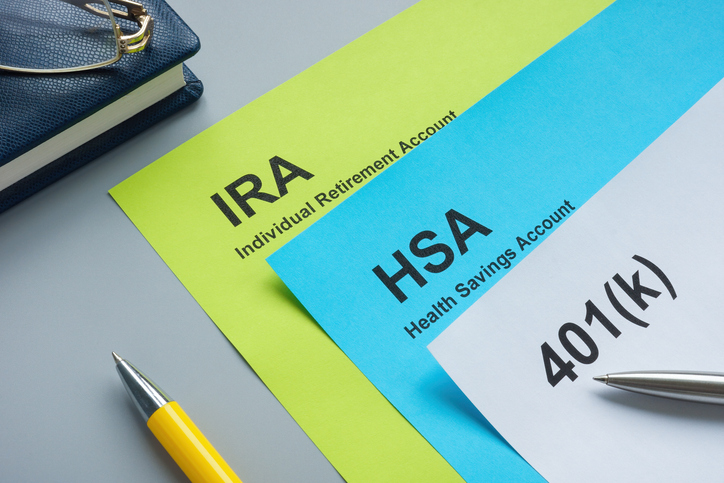Many advocates of health care reform claim to be seeking a radical transformation of the U.S. health care system. Yet for the most part, their proposals call for nothing more than further government intervention in the health care industry. This is hardly radical. Large government subsidies for health care have been standard practice for decades in every western nation, including the U.S.
In 1960, 22.4 percent of all health care spending in the United States was spent by government. By 1991, this figure had risen to 43.4 percent. Factor in the impact of government-mandated insurance and emergency room benefits and you find that over 50 percent of all medical expenditures in the U.S. are allocated according to government directive. The Clinton administration’s Health Security Act and variations thereon simply expand the taxpayer’s obligation to pay for someone else’s health care.
According to reform advocates, this shifting of costs to the taxpayer will make health care more affordable. This is political gobbledygook at its worst. In fact, there can be no doubt that the total cost of health care will rise under current proposals.
Ask yourself whether you would join a social club that provides drinks to its members free of direct charge and then divides the total bar bill equally among members at the end of the month. The month-end bill no doubt would sober the membership. Such a club would quickly lose members or change its pricing practices. We find it astounding that health care reform advocates could claim that the total cost of providing care will fall if the government organizes a National Health Club along similar lines. If we are silly enough to swallow this concoction, then we deserve the headache that will surely follow.
Containing Costs in the Club
If the hypothetical social club did not institute a direct pricing scheme, some non-price mechanism would have to be used to keep total costs in line. Limiting the number of drinks per person, restricting the hours that drinks are available, and limiting drink choices are all policies that might be adopted to control costs. The same principle holds for Uncle Sam’s Health Club.
The proposals under consideration suggest various types of price controls to contain costs. For example, p. 109 in the president’s Health Security Act outlines Tools available to states to contain cost, including setting rates for health providers. The Stark Plan caps the growth of private and government expenditures on health care.
America’s previous experience with price controls demonstrates that they go hand-in-hand with the kinds of non-price rationing mechanisms mentioned above. This is well-understood by those old enough to remember how difficult it was to purchase gasoline in the mid-1970s. What is not understood is that price controls impose costs on the very people who are doing their best to provide more of a scarce product.
Government-Imposed Costs, with No Benefits
A case in point is the U.S. pharmaceutical industry. As the Clinton health care proposal was unveiled, the value of shares in the pharmaceutical industry declined sharply. Investors, anticipating that price controls proposed by the administration would reduce the future profits of pharmaceutical companies, bid down share prices. Pharmaceutical industry shareholders lost billions of dollars as a result.
From December 1992 (the month following the election) to November 1993, the Standard and Poor’s index of eleven pharmaceutical stocks declined by 15.7 percent. The fall in value amounts to a $38 billion loss for the holders of pharmaceutical shares. The decline is even more dramatic when compared to the 6.7 percent increase in the S&P 500 over the same period. Had pharmaceutical industry shares advanced at the same rate as the S&P 500, shareholder wealth would have been greater by $54 billion.
These numbers actually underestimate the negative impact of the Clinton proposal on the pharmaceutical industry. The S&P index of pharmaceutical stocks includes only eleven of the industry’s 100+ firms. Moreover, the decline in share price reflects the possibility that Congress may yet come to its senses and reject the Clinton reforms. The price decline will be far worse if health care reform is actually advanced along proposed lines. The total damage could easily reach $100 billion.
What does such a loss mean for health care consumers? Consider the following calculations: In the U.S., 1991 expenditures for drugs and other medical non-durables were $60.7 billion. If (a) roughly 13.9 percent of the current population is uninsured; (b) the uninsured currently purchase no drugs (not even aspirin); and (c) the uninsured’s need for drugs is the same as the currently insured’s need then the annual cost of providing all the current uninsured with drugs would be about $8.4 billion.
Now take the math a bit further. Over the past 30 years, AAA-rated corporate bonds have yielded an 8.2 percent average return. If the $100 billion projected shareholder loss were invested in corporate bonds, the interest alone would almost be enough to purchase pharmaceutical drugs for all currently uninsured citizens forever! To put it another way, by taxing the shareholders of pharmaceutical firms, the uninsured could have been provided free pharmaceutical drugs for a cost much less than what mere talk of health care reform has already imposed.
The difference is that Uncle Sam’s Health Club has managed to impose this cost without providing a single aspirin for the uninsured. We missed the party . . . but we’re suffering the headache. Thank you Uncle Sam.
Written for The Heartland Institute by Cecil E. Bohanon, professor of economics at Ball State University, and Gary Santoni, The George and Frances Ball Distinguished Professor of Economics at Ball State.



